Search
Remove Ads
Advertisement
Summary 
Loading AI-generated summary based on World History Encyclopedia articles ...
Search Results
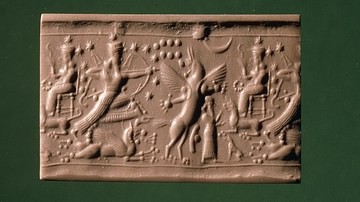
Definition
Ninurta
Ninurta (identified with Ningirsu, Pabilsag, and the biblical Nimrod) is the Sumerian and Akkadian hero-god of war, hunting, and the south wind. He first appears in texts in the early 3rd millennium BCE as an agricultural god and local deity...
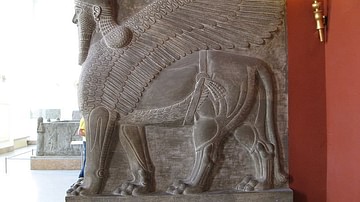
Definition
Tukulti-Ninurta I
Tukulti-Ninurta I (reigned 1244-1208 BCE) was a king of the Assyrian Empire during the period known as the Middle Empire. He was the son of Shalmaneser I (reigned 1274-1245 BCE) who had completed the work of his father, Adad Nirari I, in...

Article
Poor Man of Nippur
The Poor Man of Nippur (c. 701 BCE) is a Babylonian poem on the themes of the obligations of hospitality and revenge for an undeserved injury. A poor man of the city of Nippur feels mistreated when he visits the mayor and then goes to great...

Image
Ninurta & Anzu
Neo-Assyrian wall panel relief depicting the Epic of Anzu, found in Kalhu.
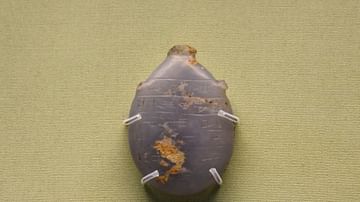
Image
Ninurta Amulet
The inscription on this blue stone amulet calls on the warrior god Ninurta for help against any evil. From Mesopotamia, Iraq. Circa 700-550 BCE. (The British Museum, London)

Image
Shedu-Lamassu from the Palace of Tukulti-Ninurta I
Shedu-Lamassu (meaning a male lamassu) from Tukulti-Ninurta's palace, c. 1225 BCE. Vorderasiatisches Museum (Pergamon Museum), Berlin
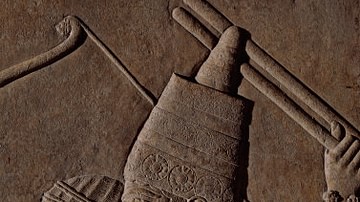
Definition
Ashur
Ashur (also known as Assur) was an Assyrian city located on a plateau above the Tigris River in Mesopotamia (today known as Qalat Sherqat, northern Iraq). The city was an important center of trade, as it lay squarely on a caravan trade route...
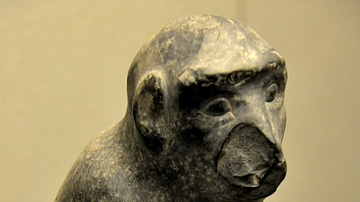
Image
Statue of a Monkey from Kar Tukulti-Ninurta
This black stone statue was found inside one of the palaces at Kar Tukulti-Ninurta (modern-day Tilul Al-Aqar, Salah Aldin Governorate, Iraq). Monkeys were imported to Mesopotamia from Africa or India; they are not native to Mesopotamia. Several...
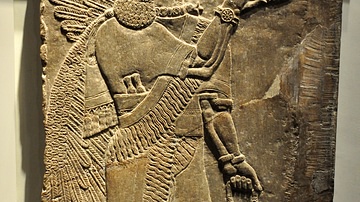
Image
Apkallu from the Temple of Ninurta
This gypsum wall relief depicts an eagle-headed and winged man; this is a protective spirit or Apkallu. He holds a bucket and a cone, and wears an elaborate dress and accessories as well as sandals. Neo-Assyrian Period, reign of Ashurnasirpal...
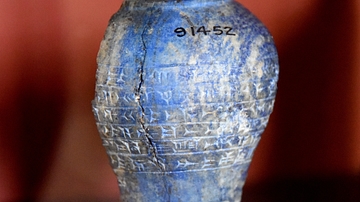
Image
Portion of a Lapis Lazuli Head-Mace from the Temple of Ninurta
This fragment of a lapis lazuli Head-mace was inscribed with six lines of cuneiform inscriptions. The name of Ashurnasirpal II (reigned 884-859 BCE) was mentioned in this dedicatory text. Neo-Assyrian Period, 9th century BCE. From the Temple...